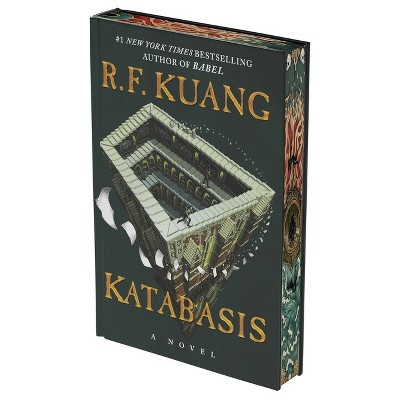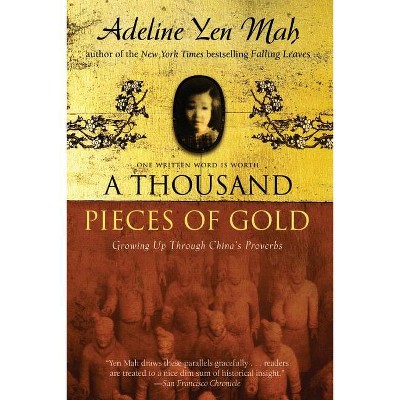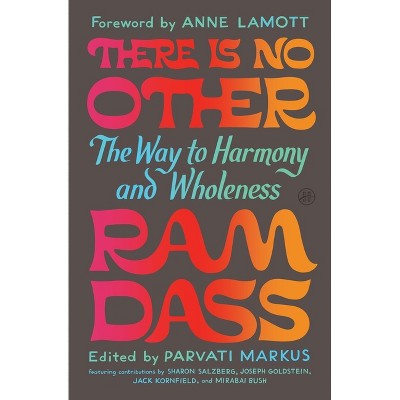Sponsored

Capturing Kahanamoku - by Michael Rossi (Hardcover)
In Stock
Sponsored
About this item
Highlights
- "An engaging romp.
- Author(s): Michael Rossi
- 352 Pages
- Biography + Autobiography, Cultural, Ethnic & Regional
Description
About the Book
In 1920, Henry Fairfield Osborn, director of New York's American Museum of Natural History, traveled to Hawaii on an anthropological research trip. While there, he took a surfing lesson. His teacher was Duke Kahanamoku, a famous surf-rider and budding movie star. For Osborn, a fervent eugenicist, Kahanamoku was a maddening paradox: physically "perfect," yet belonging to an "imperfect" race. Osborn dispatched young scientist Louis Sullivan to Honolulu to measure, photograph, and cast in plaster Kahanamoku and other Hawaiian people. The study touched off a series of events that forever changed how we think about race, culture, science, and the essence of humanity--Book Synopsis
"An engaging romp." -- New York Times Book Review
"A haunting, quietly devastating excavation of a story we should all know but don't: how a surfing legend became the target of eugenic obsession... Gorgeously written and brilliantly researched, this book is both a warning and a wonder." -- Laurie Gwen Shapiro, author of The Aviator and the ShowmanThe fascinating untold story of one scientist's pursuit of a legendary surfer in his quest to define human nature, written with the compelling drama and narrative insight of Why Fish Don't Exist and The Lost City of Z.
Deep in the archives of New York's American Museum of Natural History sits a wardrobe filled with fifty plaster casts of human heads a century old. How they came to be is the story of one of the most consequential, and yet least-known, encounters in the history of science.
In 1920, the museum's director, Henry Fairfield Osborn, traveled to Hawaii on an anthropological research trip. While there, he took a surfing lesson with Duke Kahanamoku, the famous surf-rider and budding movie star. For Osborn, a fervent eugenicist, the tall, muscular Kahanamoku embodied the "pure racial type" he was desperate to understand and, more significantly, preserve, in the human race.
Upon his return to New York, Osborn's fixation grew. He dispatched young scientist Louis Sullivan to Honolulu to measure, photograph, and cast in plaster Kahanamoku and other Hawaiian people. The study touched off a series of events that forever changed how we think about race, culture, science, and the essence of humanity.
In Capturing Kahanamoku, historian Michael Rossi draws on archival research and firsthand interviews to weave together a truly fascinating cultural history that is an absorbing account of obsession, a cautionary tale about the subjectivity of science, a warning of the pernicious and lasting impact of eugenics, a meditation on humanity, and the story of a man whose personhood shunned classification.
A heady blend of Barbarian Days and The Immortal Life of Henrietta Lacks, Capturing Kahanamoku is a twentieth-century saga with ever-clearer implications for our times.
Capturing Kahanamoku includes 16-20 black-and-white photos throughout.
Review Quotes
"Capturing Kahanamoku is a riveting and timely exploration of how science, race, and power collided in the 20th century and how the echoes still reverberate today. With cinematic storytelling and meticulous research, Rossi shows how science can be manipulated to serve social ideologies and how those ideologies can, in turn, reshape science. Capturing Kahanamoku is not just a story about the past. It's a reflection on who we are, how we see each other, and the urgent need to use science responsibly; as a tool for understanding, not oppression." - Dr. Heather Berlin, neuroscientist, host of the PBS Nova series Your Brain, and co-host of StarTalk with Neil DeGrasse Tyson
"Michael Rossi's Capturing Kahanamoku is a haunting, quietly devastating excavation of a story we should all know but don't: how a surfing legend became the target of eugenic obsession. From the sunlit waves of Hawaii to the cold basements of American museums, Rossi reveals how race science wasn't just pseudoscience--it was performance, delusion, and erasure, carried out in the name of progress. Gorgeously written and brilliantly researched, this book is both a warning and a wonder." - Laurie Gwen Shapiro, author of The Aviator and the Showman
"Michael Rossi has penned one of the weirder and wilder rides in the weird and wild ride that is the history of surfing. Capturing Kahanamoku is a scientific detective story into the forgotten side of surfing, or a surfing detective story into the dark side of science. It's a troubling legacy of obsession tucked inside a tropical legend of perfection--and a saga told by Rossi with grace, rigor and ten-toes-on-the-nose." - Steven Kotler, New York Times bestselling author of The Art of Impossible and West of Jesus: Surfing, Science, and the Origins of Belief
"A revelatory, immersive dive into the life of Duke Kahanamoku. This brilliantly rendered history compels us to reconsider our notions of physical beauty and national identity, and raises important questions about the perils of pseudoscience. Michael Rossi has cast a better likeness of the Duke than any sculptor could have dreamed." - Dan Reiter, author of On a Rising Swell
"Opens with a primer on 1,000-plus years of surf lore, and features Duke Kahanamoku, the 'father of modern surfing, ' but all of this serves as a jumping-off point for an engaging romp through the most consequential period of 'race science' -- i.e., eugenics -- in American history." - New York Times Book Review
"[A] strange and captivating account... Rossi excels at exposing the bunk pseudoscience at the heart of eugenicists' mystical fascination with race... readers will find this a fascinating look at the painful intersection of Hawaiian and sports history with an ignominious branch of science." - Publishers Weekly
"A fascinating story with compelling characters--some nobler than others. Rossi delivers a stunning study of our basest and purest natures that speaks eloquently, and frighteningly, to the moral perils of the pursuit of human perfection. Science and culture collide here in surprising and provocative confluence. Capturing Kahanamoku shows why history--especially brilliantly written history--will always remain topical." - Buddy Levy, bestselling author of Realm of Ice and Sky and River of Darkness
Shipping details
Return details
Frequently bought together

Trending Non-Fiction
















